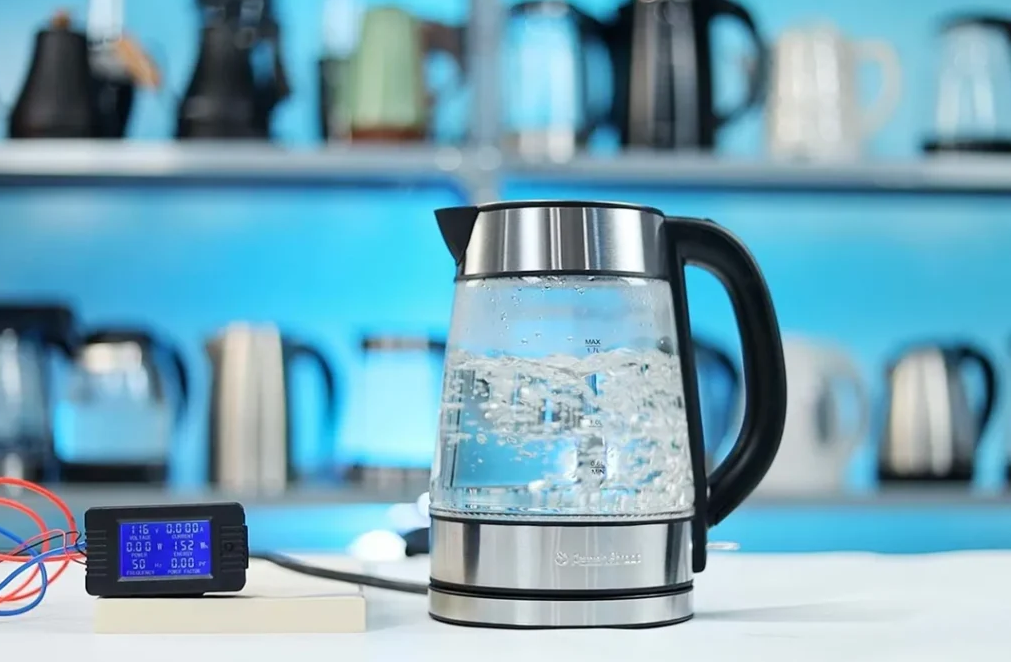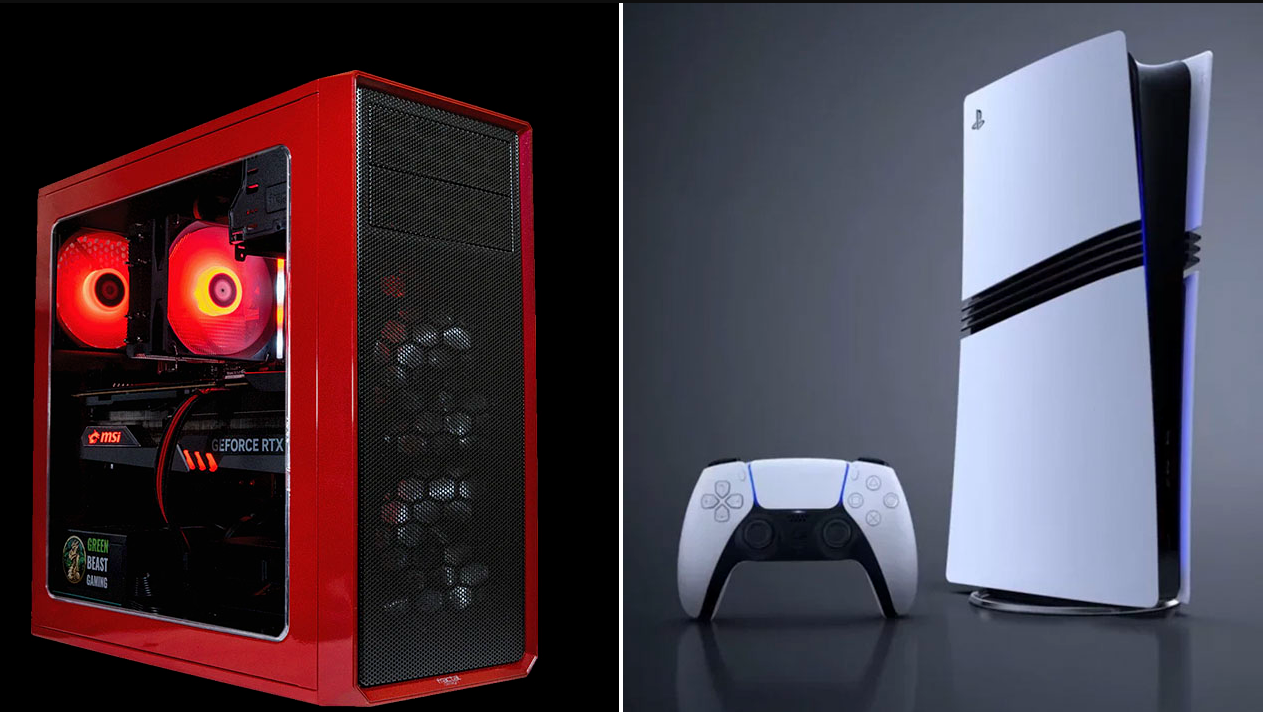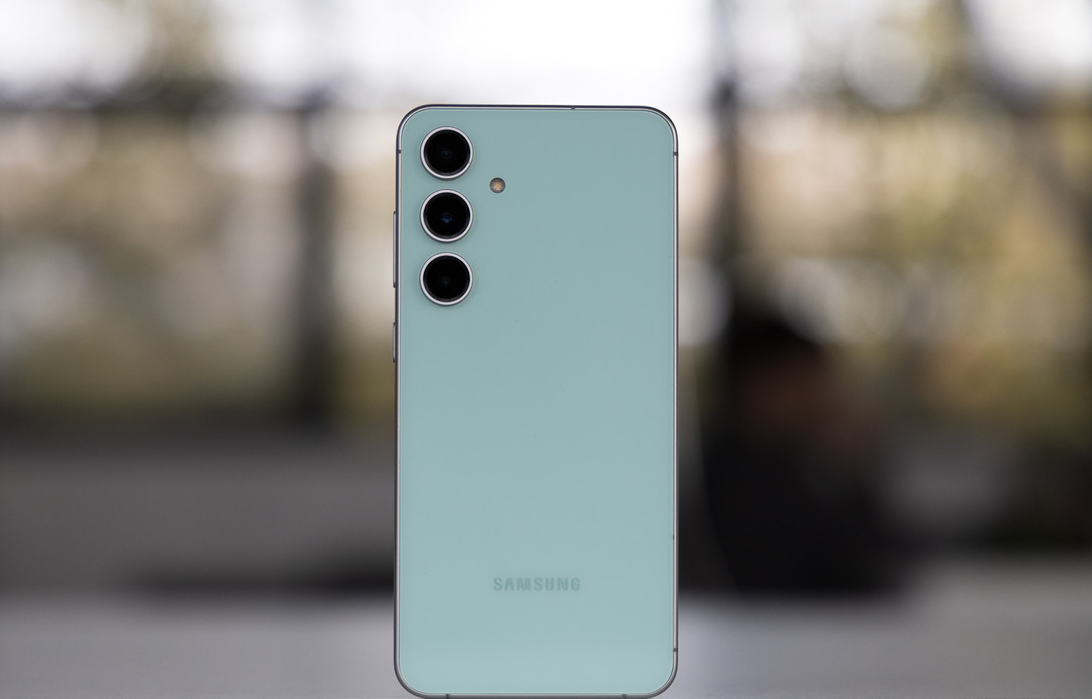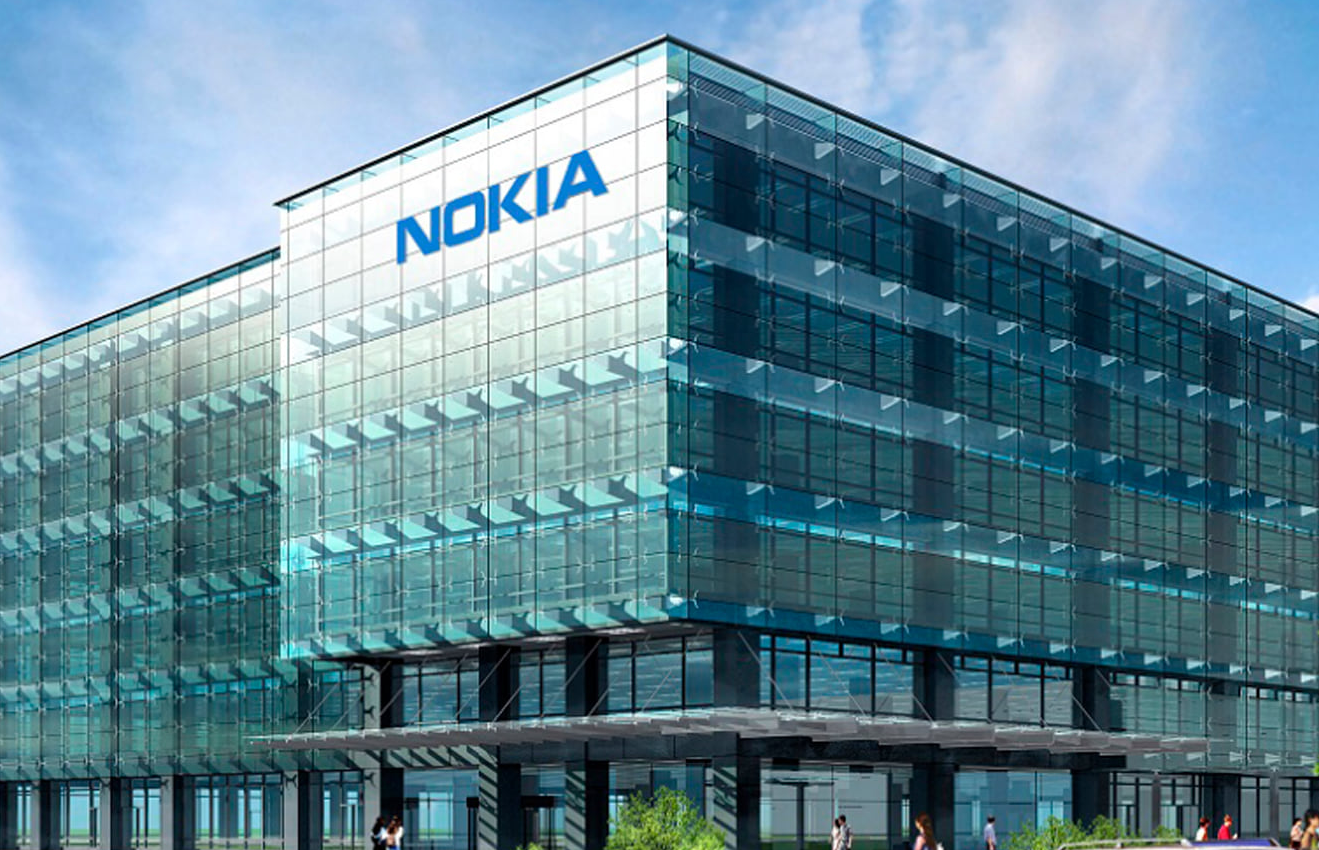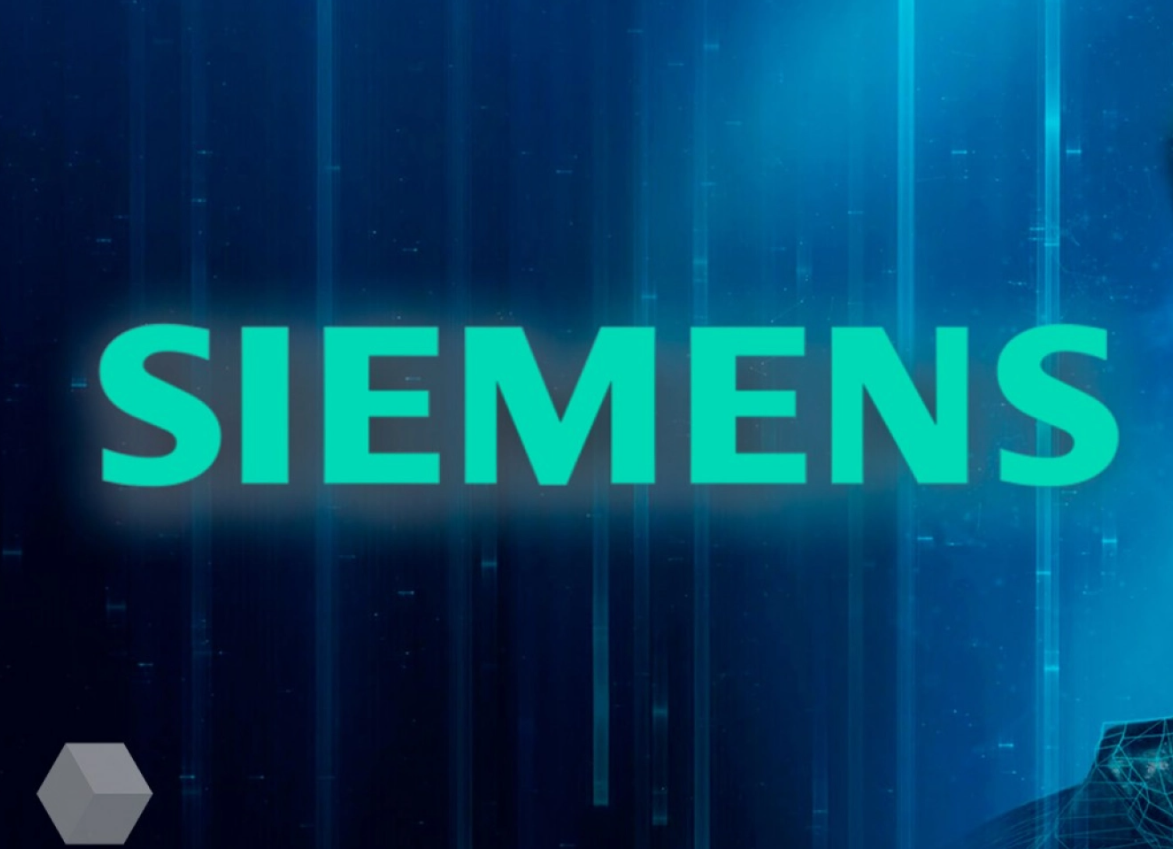An electric kettle is one of the most convenient and widespread appliances in the kitchen. In almost every home you can find this indispensable device that allows you to quickly heat water for making tea, coffee, soups and other hot drinks and dishes. However, few people think about how much energy an electric kettle consumes and how its use affects their energy bills.
Main parameters of the kettle
The first thing to look at when considering how much energy an electric kettle consumes is its power. The power of the kettle, measured in watts (W), determines the speed of water heating. Typical household electric kettles have a wattage in the range of 1500 to 3000 watts. For example, a 2000 watt kettle consumes 2 kilowatt hours (kWh) of electricity for one hour of continuous operation. However, it is important to remember that electric kettles operate for short periods of time, usually 3 to 5 minutes per boiling cycle.
Power consumption under realistic conditions
To understand more precisely how much electricity an electric kettle consumes, it is necessary to take into account the time of its operation. Let’s consider an example: a 2000 W kettle is used to boil water for 5 minutes (0.083 hours). In this case, the calculation will be as follows:
Power consumption=Power×Operation time
Energy consumption=2 kW×0.083 h=0.166 kWh
Thus, one cycle of boiling water takes about 0.166 kWh. If you use the kettle three times a day, this amounts to about 0.498 kWh per day or approximately 15 kWh per month. This data helps to better understand how much energy an electric kettle consumes in everyday use.
Effect of water volume on energy consumption
Another important factor that affects how much electricity your kettle uses is the volume of water you heat. Heating a larger volume of water requires more time and therefore more energy. For example, heating 1 litre of water will take less time and use less energy than heating 1.7 litres, even if the kettle’s power remains the same. This is because more heat energy is needed to heat a larger volume of water.
Thus, to save energy, it is recommended to heat only the amount of water you need. If you only need one or two cups, there is no point in boiling a full kettle. This will not only save energy, but also reduce waiting time.
Influence of ambient temperature and water hardness
An unobvious but important factor affecting the energy consumption of an electric kettle is the ambient temperature. Tap water can have different temperatures depending on the season and environmental conditions. The lower the initial temperature of the water, the more energy is required to heat it to boiling. Thus, the kettle may consume more energy in winter than in summer if the tap water temperature is significantly lower.
The hardness of the water should also be taken into account. In regions with hard water, limescale forms more quickly, which reduces the efficiency of heat transfer and increases the time it takes to heat water. Regular descaling of the kettle can significantly reduce its energy consumption.
Comparison with other household appliances
To fully understand how much electricity an electric kettle consumes, it is useful to compare it with other household appliances. For example, a 1000 W microwave oven operating for 10 minutes consumes about 0.167 kWh, which is comparable to one cycle of boiling water in a 2000 W kettle. A dishwasher, which can be rated at 1500-2000 W, can consume about 1.5-2 kWh per wash cycle. These comparisons show that an electric kettle, despite its high power, consumes a relatively small amount of electricity due to its short operating time.
Energy efficiency and modern technologies
Modern electric kettles are equipped with various functions that help to reduce energy consumption. For example, models with a thermostat allow you to heat water to a certain temperature instead of bringing it to a boil every time. This is especially useful if you need warm water to brew green tea or baby formula. Some kettles have a keep warm function, which allows you to keep water hot without having to boil it again.
You should also look out for double-walled or thermally insulated models, which help to retain heat for longer, reducing the need for reheating and therefore reducing energy costs.
Practical tips for reducing energy consumption
To minimise your energy costs when using an electric kettle, follow these simple guidelines:
- Heat only the amount of water you need. This is one of the most efficient ways to reduce energy consumption.
- Use a thermos. Pouring boiled water into a thermos keeps it warm for a longer period of time and avoids re-boiling.
- Regularly descale the kettle. This improves heat transfer and reduces the heating time.
- Choose energy-efficient models. Pay attention to kettles with thermoregulation and thermal insulation functions.
- Keep an eye on the water temperature. If you do not need boiling water, use modes with heating up to 70-80 degrees.
An electric kettle is a convenient and indispensable device in the kitchen that helps to quickly heat water. However, its use is associated with electricity consumption, which depends on its power, operating time, volume of water heated and other factors. Understanding how much electricity an electric kettle uses allows you to be more conscious about its use and take steps to reduce energy consumption. By following simple recommendations to optimise the use of your kettle, you can significantly reduce your energy costs and make your home more energy efficient.
Make your next electric kettle purchase even more enjoyable with savings from reBITme. Enjoy your choice!
